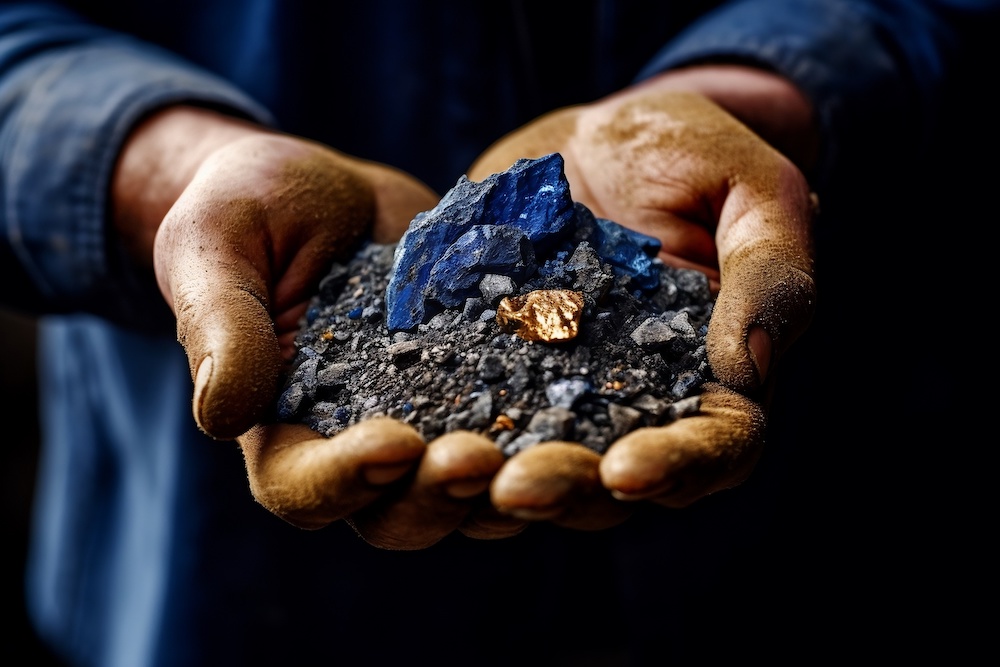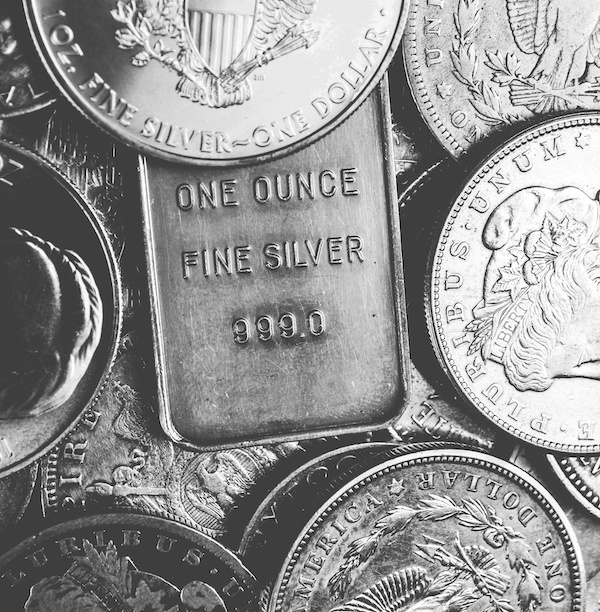If you’re not familiar with the term, 3TG refers to four minerals that are commonly used in various industries, including the electronics, jewelry, and automotive sectors. These minerals are often collectively referred to as “conflict minerals” because their mining and trading have been linked to human rights abuses and armed conflict in certain regions of the world.
- Tantalum (T): Tantalum is used in electronic components such as capacitors and resistors. It is also used in the aerospace industry and for making high-temperature alloys.
- Tin (Sn): Tin is used in various industries, including electronics for soldering, as well as in the production of automobiles, food packaging, construction materials, and more.
- Tungsten (W): Tungsten is used in various applications, including manufacturing tools, electronics, and even some types of jewelry due to its hardness and durability.
- Gold (Au): Gold is not only an investment or jewelry, but it is also used in electronics, dentistry, and certain industrial applications due to its excellent conductivity and resistance to corrosion.
The term “3TG” is derived from government regulatory agencies as a way for companies to develop responsible and ethical best practices related to sourcing and supply chain management.
Companies that use these minerals often engage in due diligence to ensure that the minerals are sourced from conflict-free areas and do not contribute to human rights abuses. This practice aims to promote ethical and sustainable sourcing of these minerals.
3TGs minerals are inside everything we use, including smartphones, both electric and combustion vehicles, medical devices and more. It’s difficult to find a modern electrical device that does not include 3TG minerals a component.






